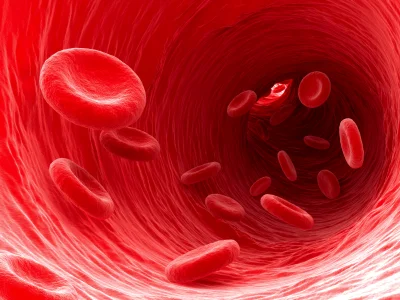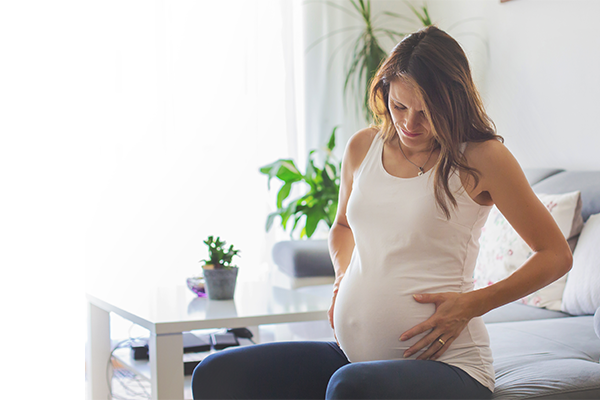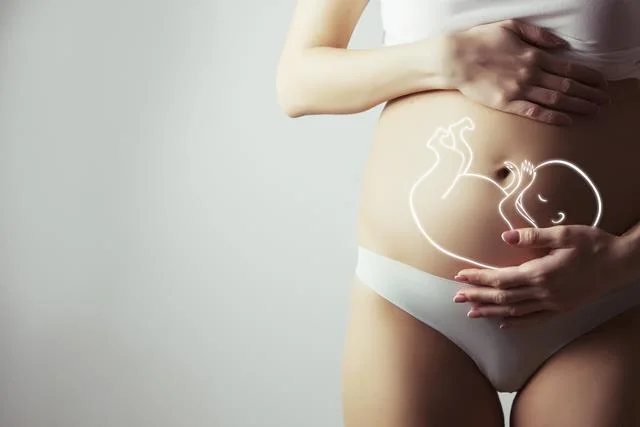Breastfeeding is the WHO recommended way of feeding babies for at least the first 6 months of life. During pregnancy, the breasts change in preparation for breastfeeding. Do inverted nipples or small breasts prevent breastfeeding?
Do inverted nipples prevent breastfeeding?
The breasts consist of glandular tissue and fatty tissue. In large breasts, the fatty tissue often predominates, while the glandular tissue is responsible for lactation. Its amount in the breasts is comparable in every woman. For this reason, it is possible to feed the baby effectively despite small breasts. With the nipple, the flatter it is, the more difficult it can be for a newborn to grasp it and suck properly. Premature babies who do not yet have a strong sucking reflex may have particular difficulties. Nevertheless, there are ways to breastfeed despite flat or hollow nipples. It is also important to know that the breasts increase in size during pregnancy and after birth due to the increase in glandular tissue. This means that even women who had small breasts before pregnancy can successfully breastfeed their child later.
Inverted nipples vs. nursing pads
One solution used by mothers with flat or hollow nipples is special nursing pads. However, these are not recommended for all women and should only be used when necessary. They can lead to sucking problems for the baby and also to incomplete emptying of the breast, which can have a negative effect on breastfeeding. Nevertheless, they are recommended for women with flat and hollow nipples, as they enable the mother to breastfeed, which would be much more difficult without them.
Feeding the baby and inverted nipples
Breast milk is considered the best food for a baby until it is at least 6 months old. So it is not worth giving up breastfeeding just because the nipples are hollow. In addition to the breast pads already mentioned, a breast pump can be useful. The breast pump often has a stronger suction power than the baby, which makes it possible to obtain milk despite having slippery nipples. It is also useful to get advice from a lactation consultant who will show you the most comfortable and beneficial breastfeeding positions and assess your baby’s sucking reflex and breastfeeding.











